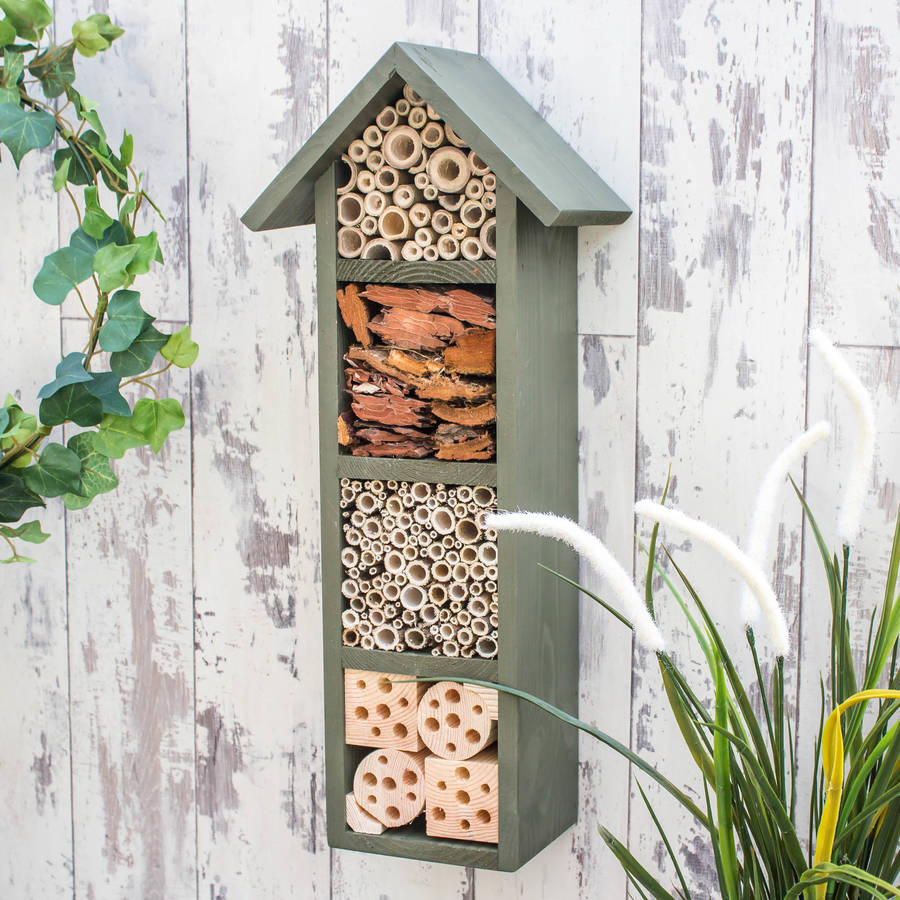Biodiversity in School
WHAT IS BIODIVERSITY?
Biodiversity is basically a fancy word for nature. It was formed by merging together the two words ‘biological’ and ‘diversity’. It simply means the enormous variety of life on the planet. From the tiniest bacteria to the largest elephant... if it’s alive it’s part of biodiversity.
Why is Biodiversity important?
Aside from the obvious moral reasons for looking after biodiversity, quite simply without it we would not be able to survive on Earth.
That’s kind of a big deal. Here are seven reasons why:
- Food
- Cleaning
- Recycling
- Wellbeing
- Materials
- Medicine
- Air
School Projects
How can you boost the biodiversity at your school? We have put together a collection of fun and simple actions you can take to help a wide variety of wildlife.
Wildflowers
Birds
Bees
Bugs
Birds are a very welcome visitor to the school garden all year round. They are a particularly cheerful addition during the colder months when all other biodiversity seems to disappear.
While the school can undertake many different actions throughout the year to encourage birds into the garden, they particularly need our help during the winter when food is scarce; this is handy as your biodiversity options are limited at this time anyway.
While the school can undertake many different actions throughout the year to encourage birds into the garden, they particularly need our help during the winter when food is scarce; this is handy as your biodiversity options are limited at this time anyway.
You can go ahead and buy a broad range of bird feeders in your local garden centre but there are many simple feeders you can make in the classroom. Either way, make sure to keep your feeders topped up throughout the winter.
Bees come in all shapes and sizes; in Ireland we have Honeybees, Bumblebees and Solitary Bees. Each type have their own preferences particularly when it comes to choosing a home. You might think it's a bad idea providing a home for a bee but we're going to focus on Solitary Bees which are harmless.

In order to attract Solitary Bees you need to provide lots of little tunnels of all shapes and sizes for the bees to lay their eggs. These homes can be made in the classroom but can also be bought at your local garden centre. As you will see below they can be wildly different so you can certainly get creative; there are just a few simple guidelines:
- Relatively water-tight structure (roof/plastic pipe section/ end of plastic bottle)
- Tunnels of various widths and lengths (hollow bamboo or drilled wood)
- Tunnels are sealed at the end (only one opening)
- Homes placed 1.5 to 2m above ground in a sheltered, sunny spot
However, even in the most wildlife-friendly gardens, it can be difficult to find these mini-creatures as they are so well hidden. Therefore we need to create as many easy-to-explore habitats as possible. While the key to success is making an area as wild as it can be, we like to do this in as neat a way as possible. It is best to complete the following actions in autumn and winter so that the habitats are ready to explore in spring and summer. The purpose of the following actions is not just to give the bugs a home, but to also create a resource; these will be your ‘go-to’ sites to pick out bugs – like libraries, but with bugs instead of books! There's no end to the wonderful things you will discover living in your new bug habitats.
Rotting wood is increasingly difficult to find on school grounds which is a shame as it's a fantastic spot for bugs.
It’s ridiculously simple - just pile up logs on top of each other - the wetter and older the better. Keep topping it up year after year as the logs disintegrate.
It’s ridiculously simple - just pile up logs on top of each other - the wetter and older the better. Keep topping it up year after year as the logs disintegrate.



Comments
Post a Comment